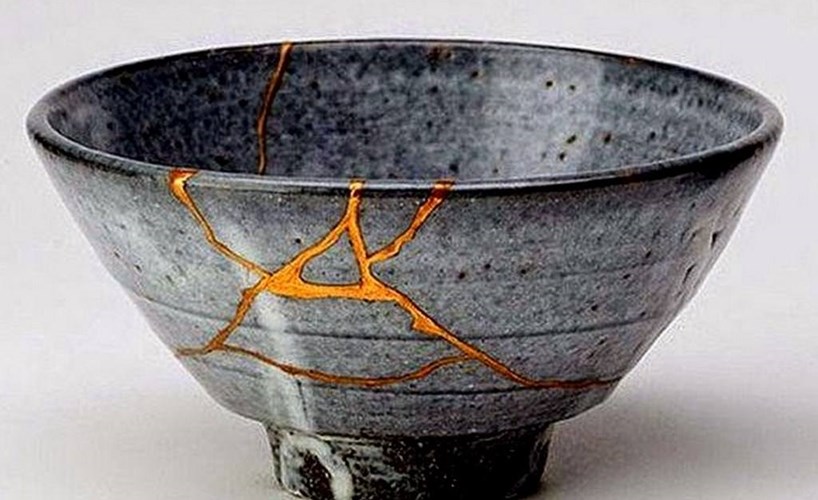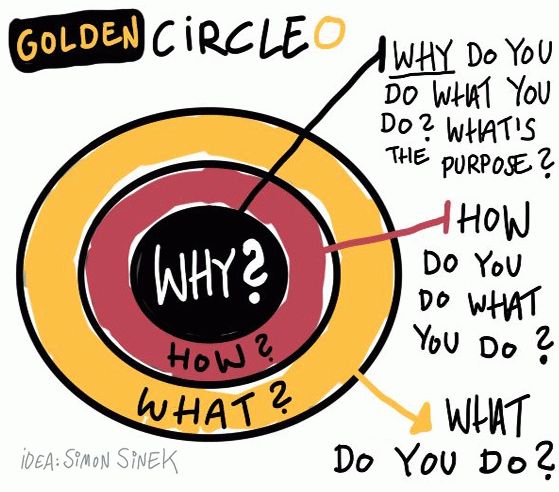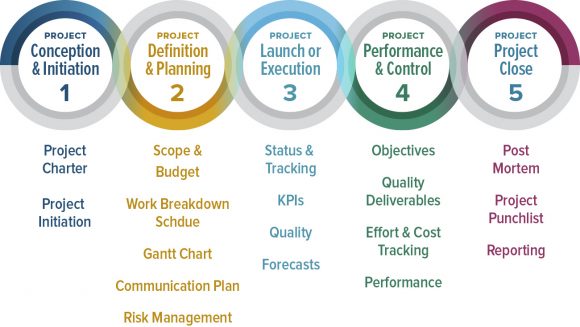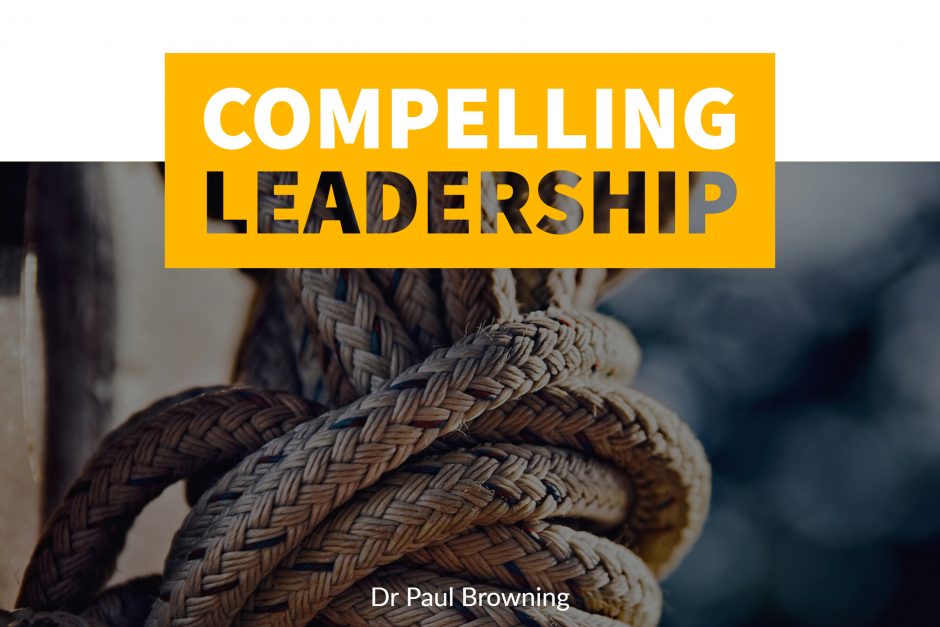Self reflection frameworks and school improvement plans go together like… well… self reflection frameworks (SEF) and school improvement plans (SIP).
It is that time of year, where our attention turns to planning for the next academic cycle, preparing September’s INSET days, professional development programme, school calendar and to developing and sustaining a school-wide strategic focus. In our case, within the OneSchool Global Strategy.
Looking forwards, looking back.
ASCL proposes three components that contribute to developing and sustaining a strategic focus:
- Strategic processes (conceptualising, engaging the people, articulating the strategy and implementing the
strategy). - Strategic approaches (planning and target setting).
- Strategic leadership (leading and managing the changes).
Simon Sinek directs us to start with “why?”
The Project Management Institute recommends five phases of project management and, if the life cycle provides a high-level view of the project, the phases are the road map to accomplishing it.
Within schools, in some fashion of form, the “process,” the “why” or the “conception and initiation” centres on the reflections uncovered by the SEF informed by SIP.
Leading improvement
“Strategic leadership,” the “how” and the “launch and execution” and “performance and control” approaches with varying considerable between schools dependent on the momentum for improvement and the capacity for distributed or shared leadership. That said, once context has been taken into account the factors that drive school improvement, from my professional experiences, have not changed much across the three educational settings in which I have worked.
Simply point –
1. Improve teacher effectiveness (is that term vastly different to Hattie’s Collective teacher efficacy?”
2. Improve the effectiveness of the leadership team (clarity of roles and responsibilities, aligned to a SIP)
3. Improving monitoring for tracking pupil progress
Gillian Metcalfe extends this to seven factors which were highly significant.
… articulating common goals, reflecting on possible courses of action, and then building capacity to create a ‘can do’ culture by challenging assumptions, whilst seizing opportunities. Improving schools have an achievement focus with students and teachers knowing how to improve their performance, using internal systems to ensure progress and accountability. The respondents operate in a systemic way, networking with other leaders to share and even create new thinking.
Metcalfe, Gillian (2008)
Successful school leadership proposed
- defining the vision, values and direction
- improving conditions for teaching and learning
- redesigning the organisation: aligning roles and responsibilities
- enhancing teaching and learning
- redesigning and enriching the curriculum
- enhancing teacher quality (including succession planning)
- building relationships inside the school community
- building relationships outside the school community
- placing an emphasis on common values.
Of course, given my professional interest in school culture, one can not overlook the importance of building and holding trust.
So far, consistently straight forward.
But what happens when you falter. When you stumble – take a leaf out of Denzel’s books and “fall forwards.”
…Every graduate here today has the training and the talent to succeed. But do you have the guts to fail?
12:59
Here’s my second point about failure. If you don’t fail, you’re not even trying. I’ll say it again. If you don’t fail, you’re not even trying. My wife told me this great expression. To get something you never had, you have to do something you never did.
13:11
All right. Now, here’s my last point about failure. Sometimes it’s the best way to figure out where you’re going.
16:12
And when you fall throughout life, and maybe even tonight after a few many glasses of champagne, remember this: fall forward.
Right near the end.
Kintsukuroi
In reviewing our SEF and our SIP this year I intend to scrutinise our shortcomings more closely, not as emblazoned, coded red failures, but rather as insights. Which brings me to kintsukuroi 金繕い (keen-tsoo-koo-roy) or Kintsugi 金継ぎ mean “golden joinery” and “golden repair.” The Japanese art of repaired pottery. I appreciate it is not an obvious connection, so here we go.
When a potter makes a bowl, they makes it by hand with malleable clay. The bowl is formed to the potter’s liking, then fired to a couple thousand degrees. Afterwards, it is finished and presented as a work of art.
Now, drop or break that bowl, would you consider repairing it? Probably not, let alone consider it more beautiful for having been broken? Western cultures tend to demote and dishonour the broken artefact however Japanese culture sees it differently. Not only would they repair it, they elevate the repaired ceramics to a whole new level of appreciation.
In Japan, cracks in precious bowls are often filled with gold with Japanese culture seeing something that has suffered damage and has a history, more beautiful than before.
This year, in reviewing our shortcomings or incomplete actions, I intend to evaluate what we gained as a team from our missteps. Why actions were not fulfil and whether or not they were in fact the right actions in the first place.
My last thought:
There’s a difference between writing a good lesson plan and being a good teacher. And there’s a difference between writing a good school improvement plan and being a good school leader. The difference is found in the human connections.




